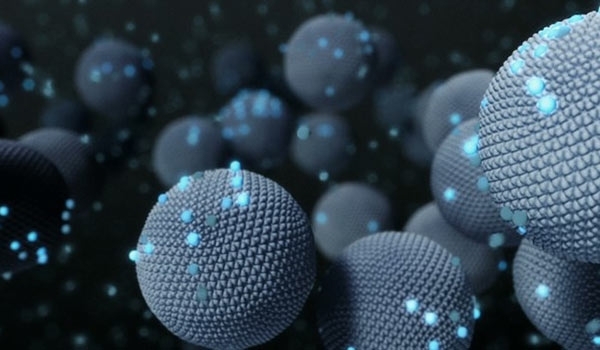Iranian researchers produced a nanocomposite that can increase the capacity of electrochemical capacitors as an electrode.
The nanocomposite was produced at laboratorial scale through a green chemistry method by using relatively cheap raw materials.
The main objective of the research was to use available materials at a reasonable price to produce a special type of electrode to be used in electrochemical capacitors. A nanocomposite was produced in this research through an easy method, which can take the place of expensive materials, including ruthenium oxide, in energy storage devices such as supercapacitors. Raw materials used in the production of the nanocomposite are available and relatively cheap in comparison with those in similar supercapacitors, and they can be easily synthesized through electrochemical methods. The conductive polymer of polyaniline containing very small amount of graphene and gold nanoparticles has been used in the production of the nanocomposite.
The presence of a small amount of graphene significantly increases the stability of polymer because the supercapacitor should have appropriate resistance and repeatability during the charge and discharge cycles. The presence of gold nanoparticles, on the other hand, increases the conductivity of the polymer. Therefore, the application of this nanocomposite can help the extension of the use of green energy and energy storage systems.
The electrochemical synthesis method used in the production of the nanocomposite is in accordance with green chemistry international standards contrary to chemical synthesis methods that require chemical reactions in the oxidation process.












